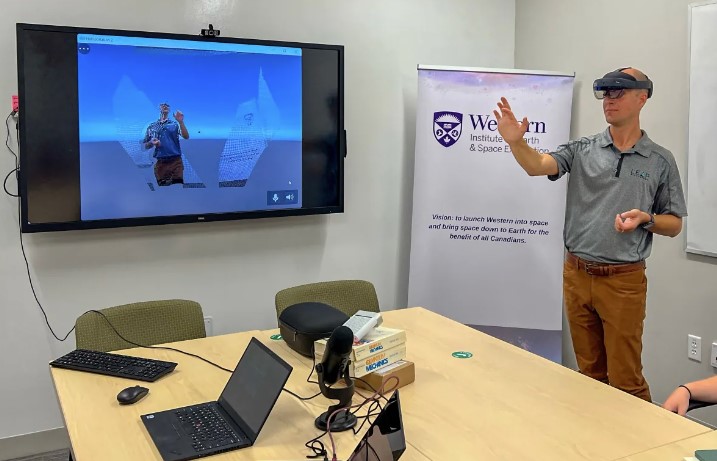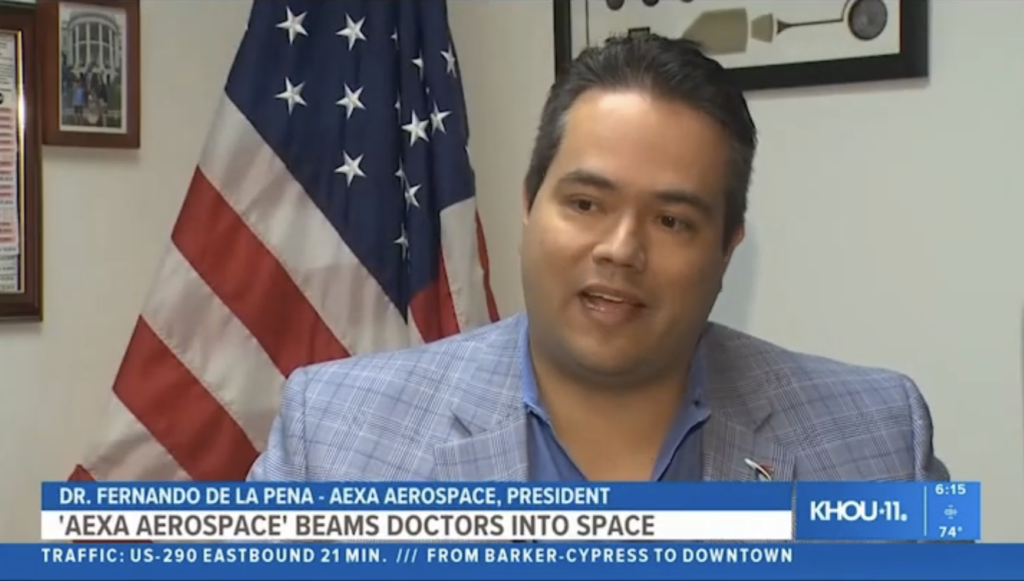On a momentous day in 2021, a group of pioneers made history by crossing the final frontier. They were not astronauts but doctors and engineers who used Aexa’s groundbreaking technology to holographically teleport themselves from Earth to space. They appeared as lifelike 3D holograms on board the International Space Station, where they chatted and shook hands with the crew. This was the first step towards a new era of communication, where distance and time are no longer barriers. With Aexa’s holographic teleportation technology, we can connect with anyone, anywhere, in 3D, as if we were sharing the same room. Whether it’s for health, education, work, or fun, holographic teleportation can bring us closer together than ever before.
Imagine being able to beam yourself to any place in the world as a lifelike 3D hologram that can talk and interact with others. Sounds like science fiction, right? Well, not anymore. Holographic teleportation technology is here, and it can revolutionize the way we communicate, learn, work, and play. But there’s a catch: this amazing technology comes with a hefty price tag and a lot of hardware requirements. You need powerful computers and special glasses to make it work. That’s not very accessible or affordable for most people. That’s why we at Aexa decided to change the game. We made holographic teleportation technology device agnostic and affordable. That means you can use any device you already have, like your iPhone or iPad, to capture your hologram and stream it to someone else. No need for fancy computers or expensive equipment. Just your smartphone or tablet and a good internet connection. That’s it. Now you can holographically teleport yourself anywhere, anytime, with anyone. How cool is that?
Imagine being able to travel anywhere in the world without leaving your home. You can do that and more with HoloConnect®, the ultimate holographic teleportation app! HoloConnect® lets you create and join virtual rooms with other users, where you can experience each other’s presence as if you were really there. It uses advanced video technology to capture and stream realistic and lifelike holograms of real people and objects in real-time.
You don’t have to break the bank to enjoy the magic of holographic teleportation. You can get it now at a reasonable price. You can also record and share your holographic experiences on social media and wow your friends and followers!
For the full 2-way experience, you’ll need two devices: one to capture the hologram and one to view holograms sent to you. iOS devices and Microsoft Hololens are currently supported, with more coming soon.
HoloConnect is the ultimate app for immersive and social communication. Download it today and explore a new dimension of reality!
Download the app:
https://apps.apple.com/us/app/holoconnect/id1671888225

Tutorials:
Compatible devices:
We’re always working hard to make our app better and more fun for you. That’s why we’ll bring you new and exciting features every fortnight.
We’re always happy to hear from you and answer your queries. Just drop us a line at store@aexa.tech, and we’ll get back to you soon.
#HoloConnect#holoportation#thefutureisnow#telepresence#telehealth#hologram#beam#HoloLens#iphone14#ipadpro#technology#technews#innovation#thefutureisnow








